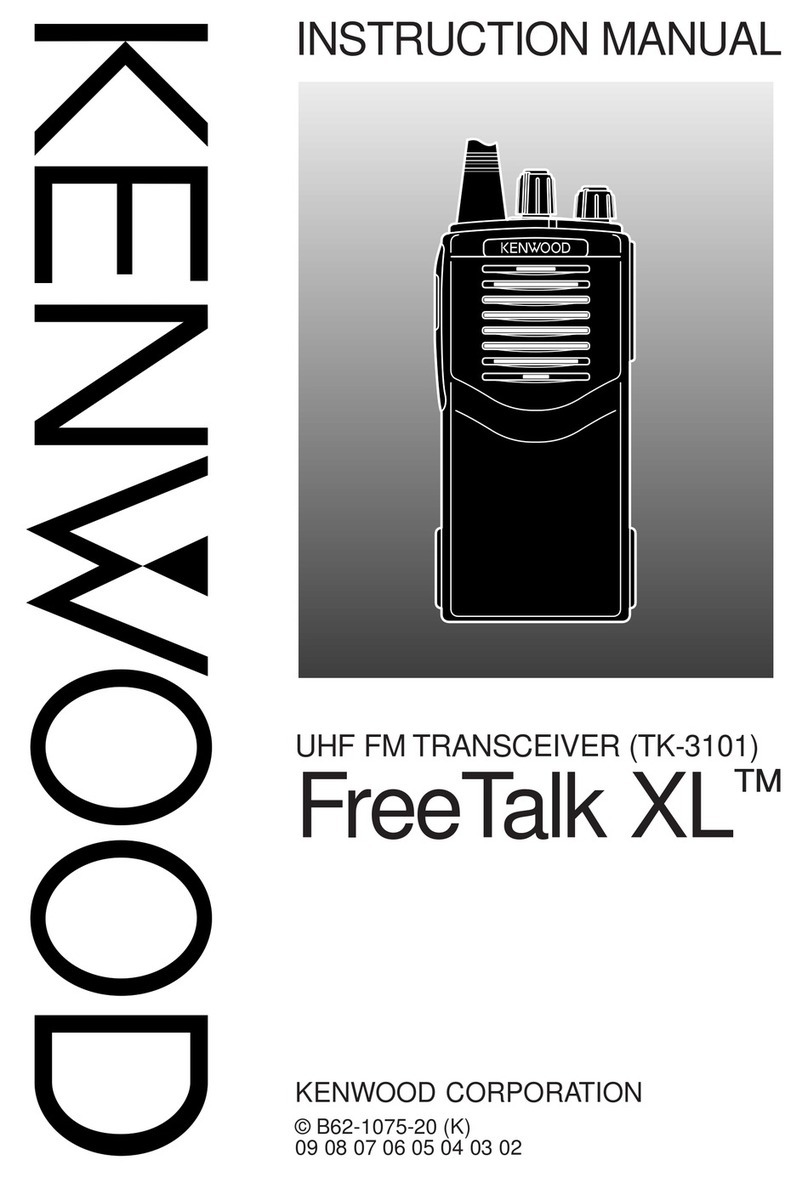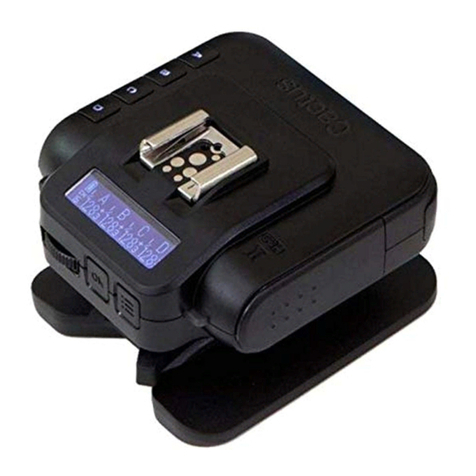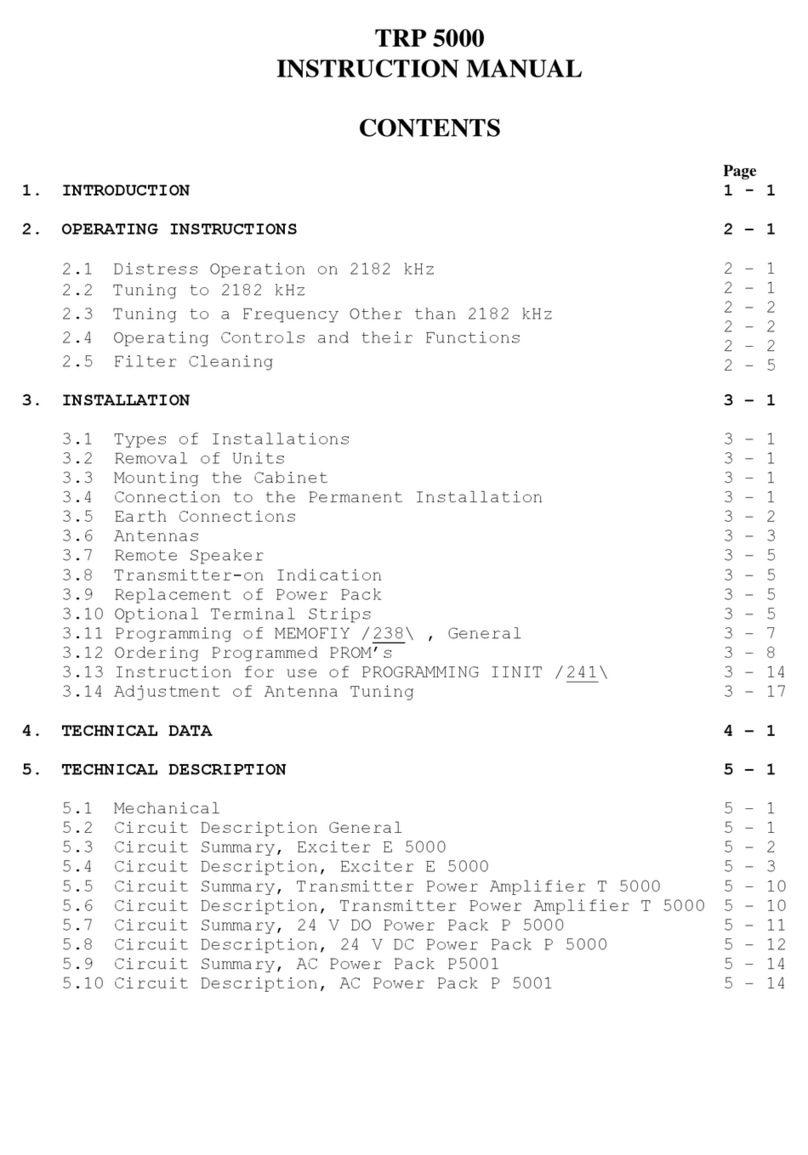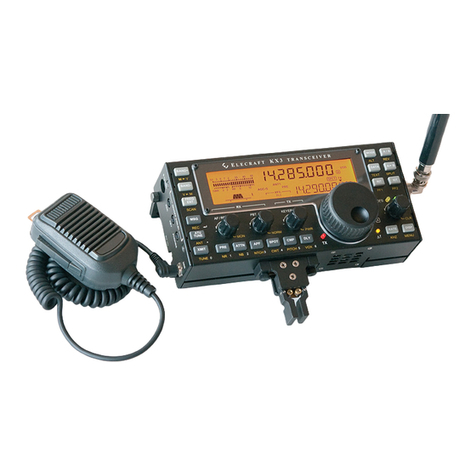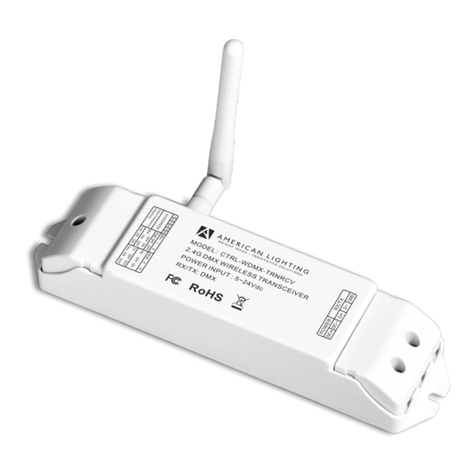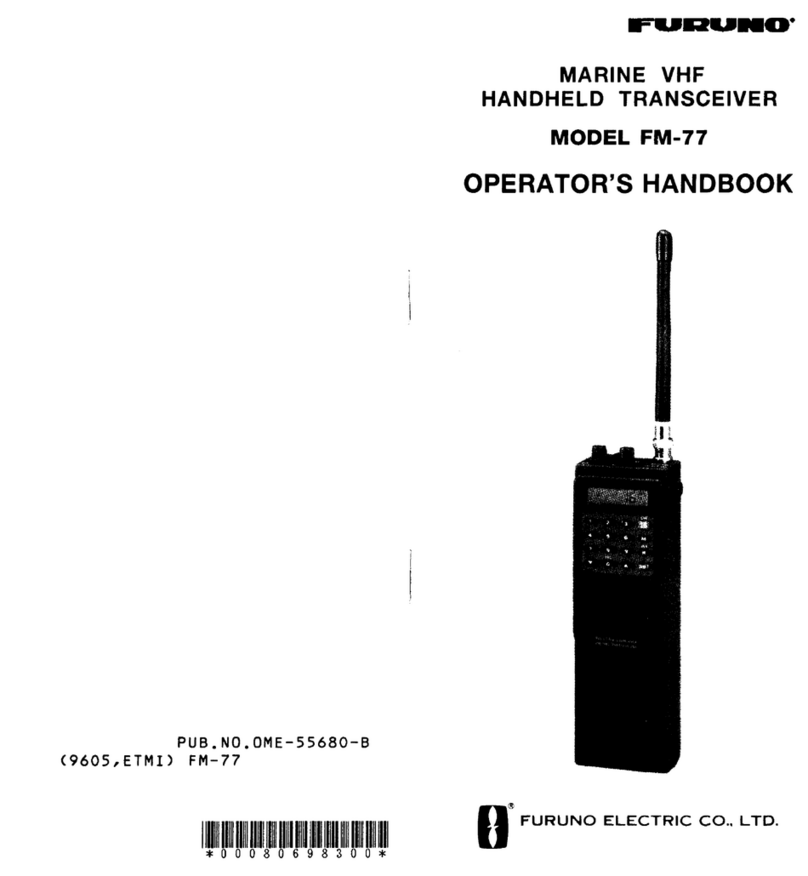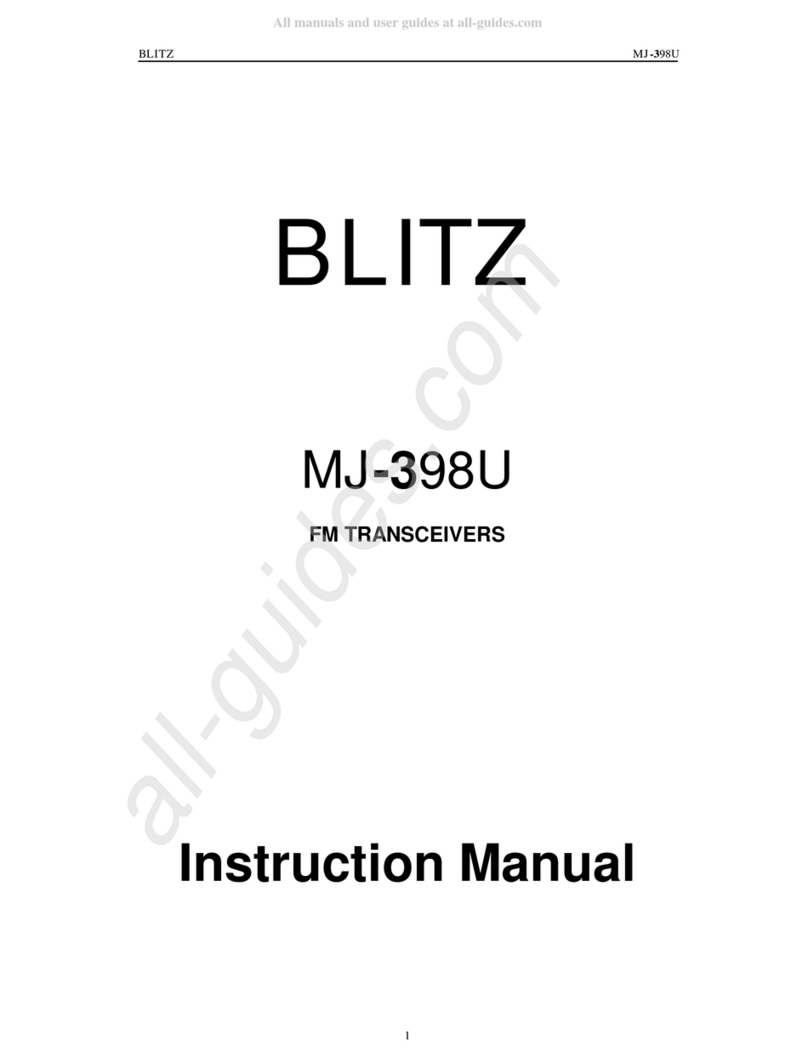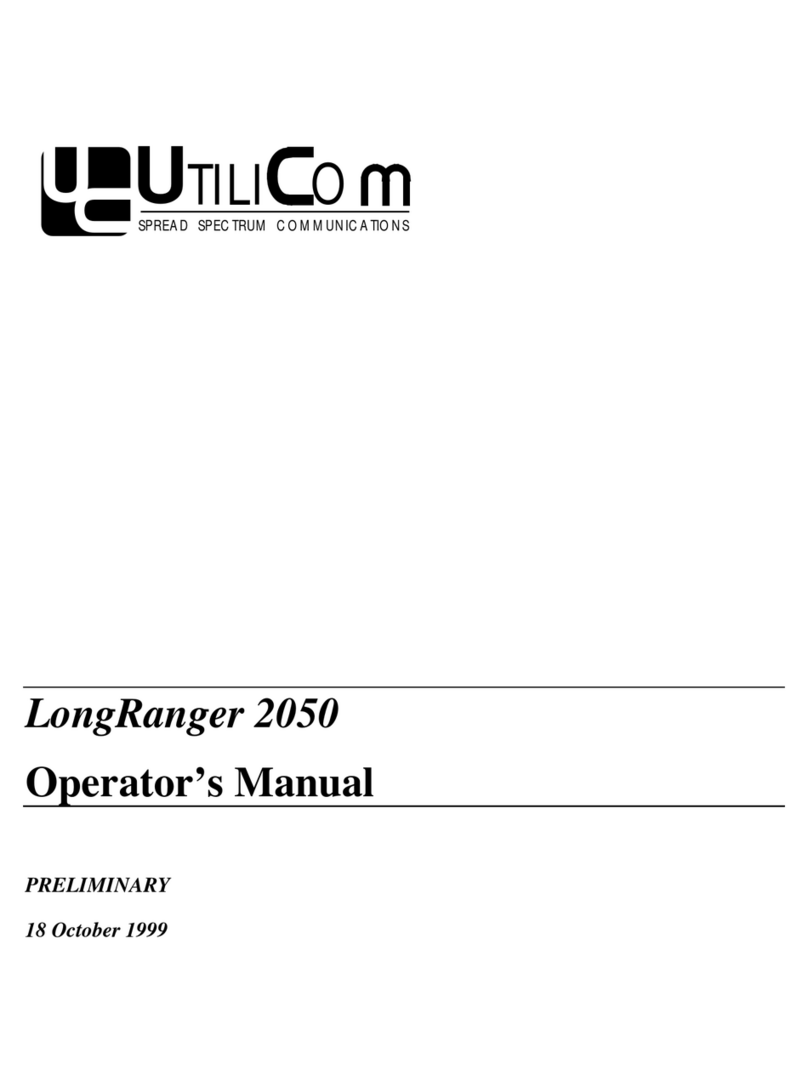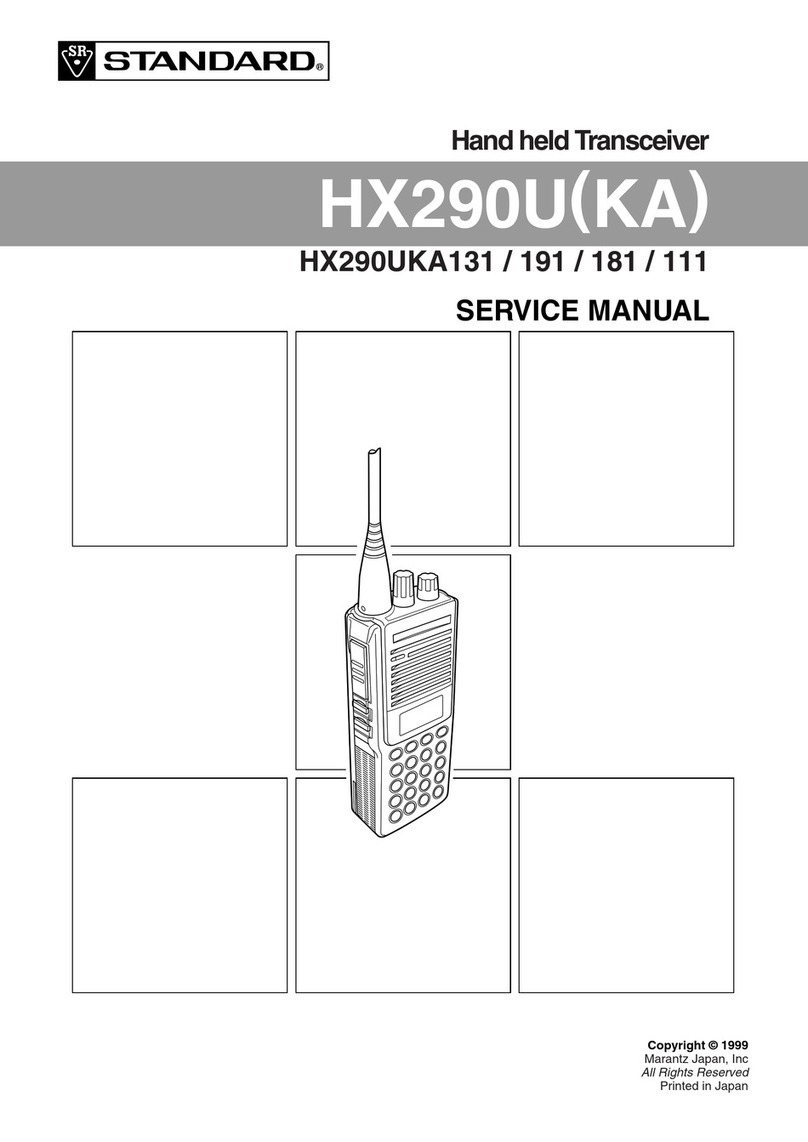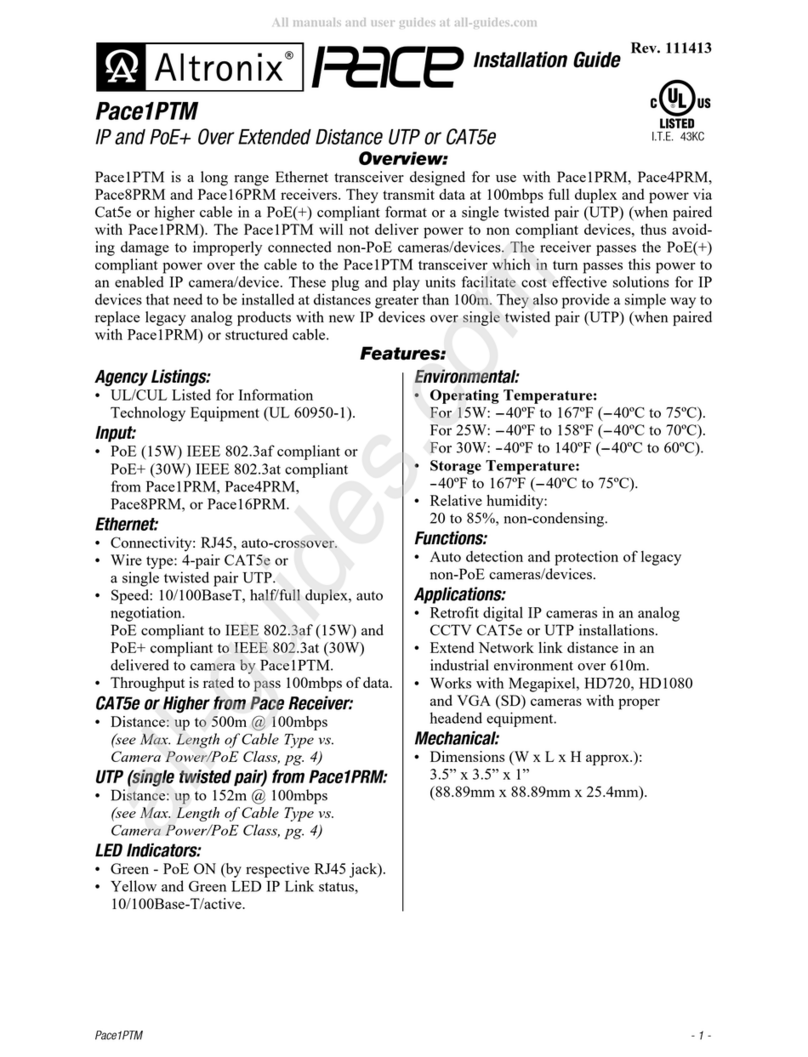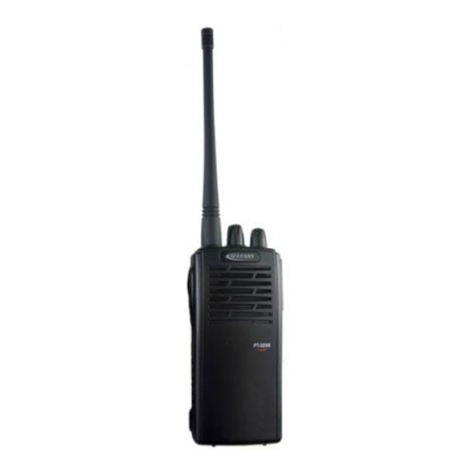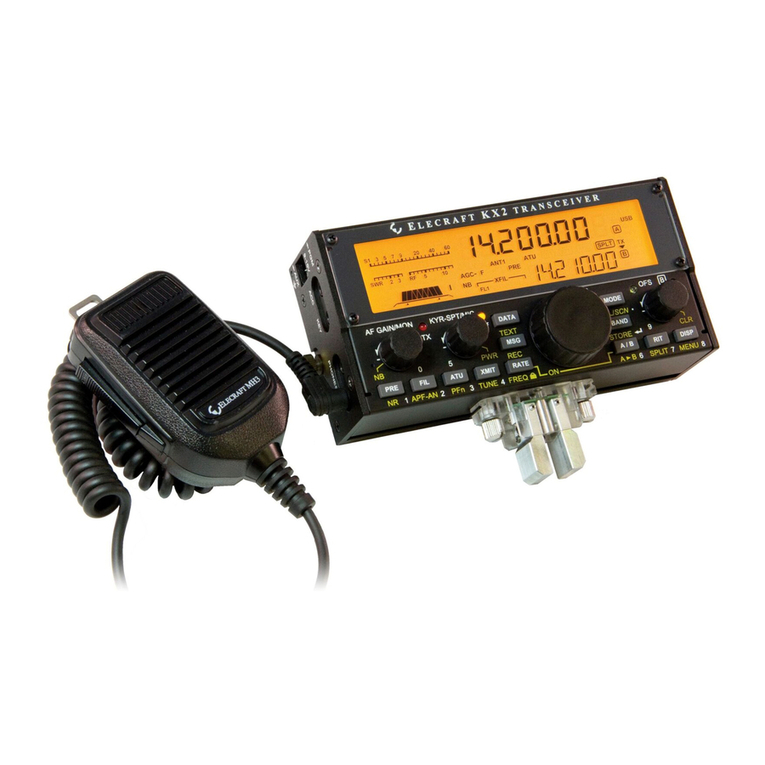Kenwood TR-50 User manual
Other Kenwood Transceiver manuals

Kenwood
Kenwood TM-221A User manual
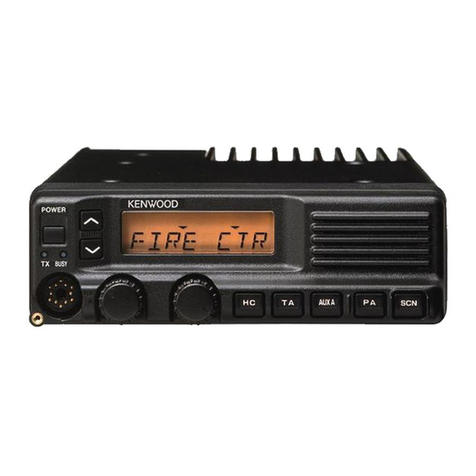
Kenwood
Kenwood FleetSync TK-890 User manual
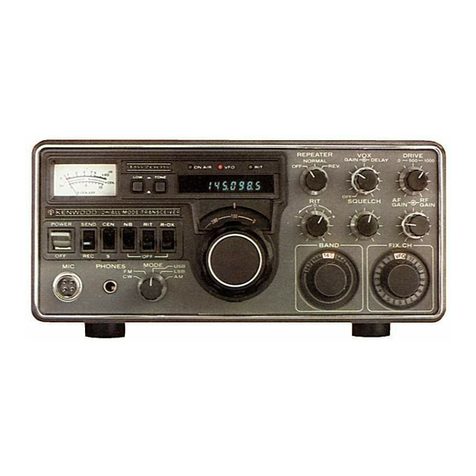
Kenwood
Kenwood TS-700SP User manual

Kenwood
Kenwood TK-190K User manual
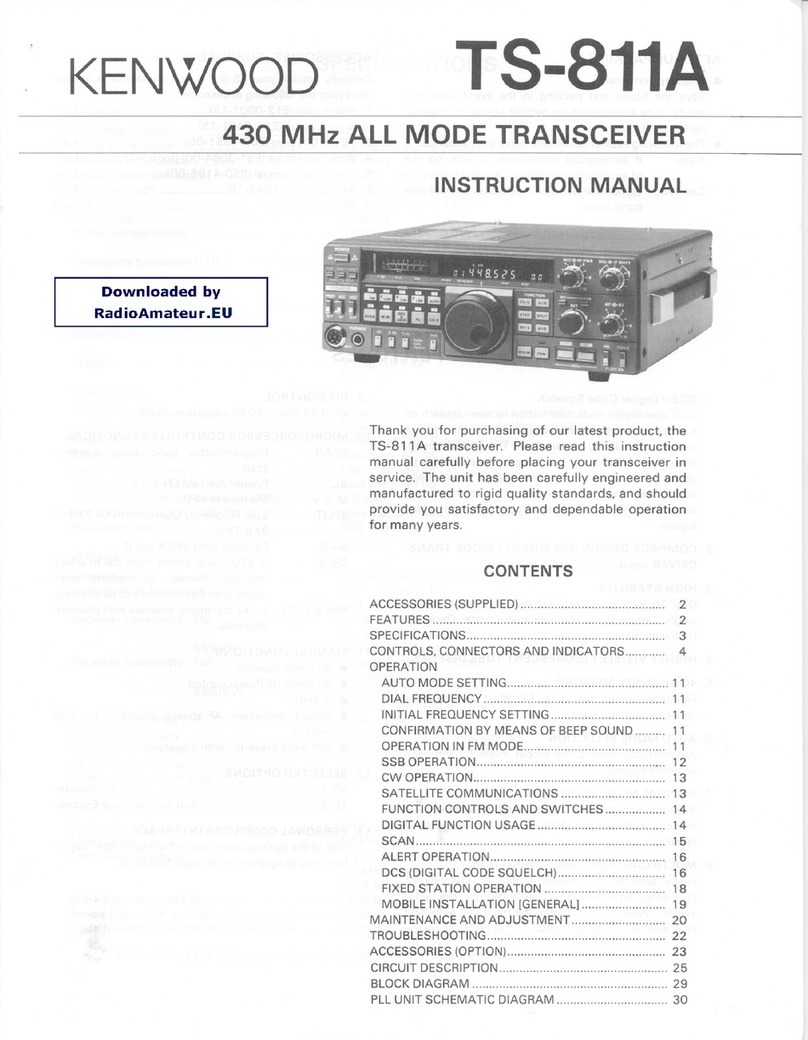
Kenwood
Kenwood TS-811A User manual
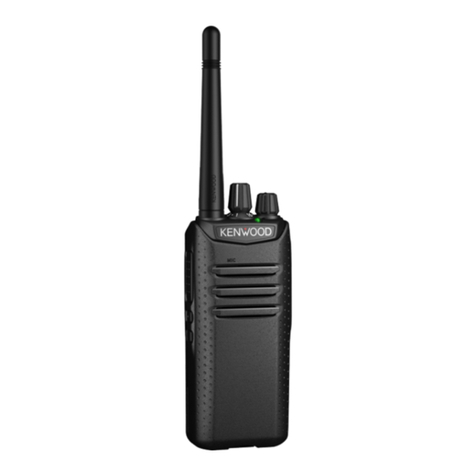
Kenwood
Kenwood TK-D240 User manual
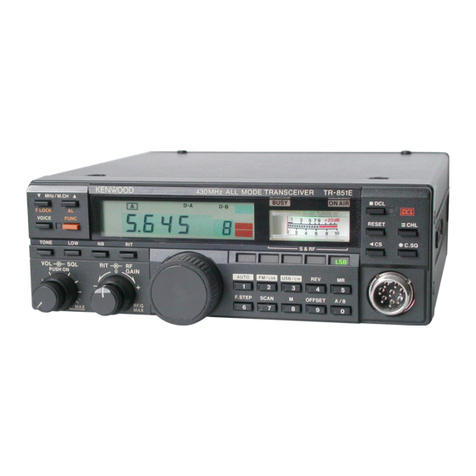
Kenwood
Kenwood TR-851A User manual

Kenwood
Kenwood TR 7800 User manual

Kenwood
Kenwood TK-7185 User manual

Kenwood
Kenwood TK-2300 User manual

Kenwood
Kenwood TK-760G series User manual

Kenwood
Kenwood TK-5710(H) User manual

Kenwood
Kenwood Nexedge NX-230EX User manual

Kenwood
Kenwood TK-5210 Owner's manual

Kenwood
Kenwood TK-2170 SERIES User manual

Kenwood
Kenwood TK-7102H User manual
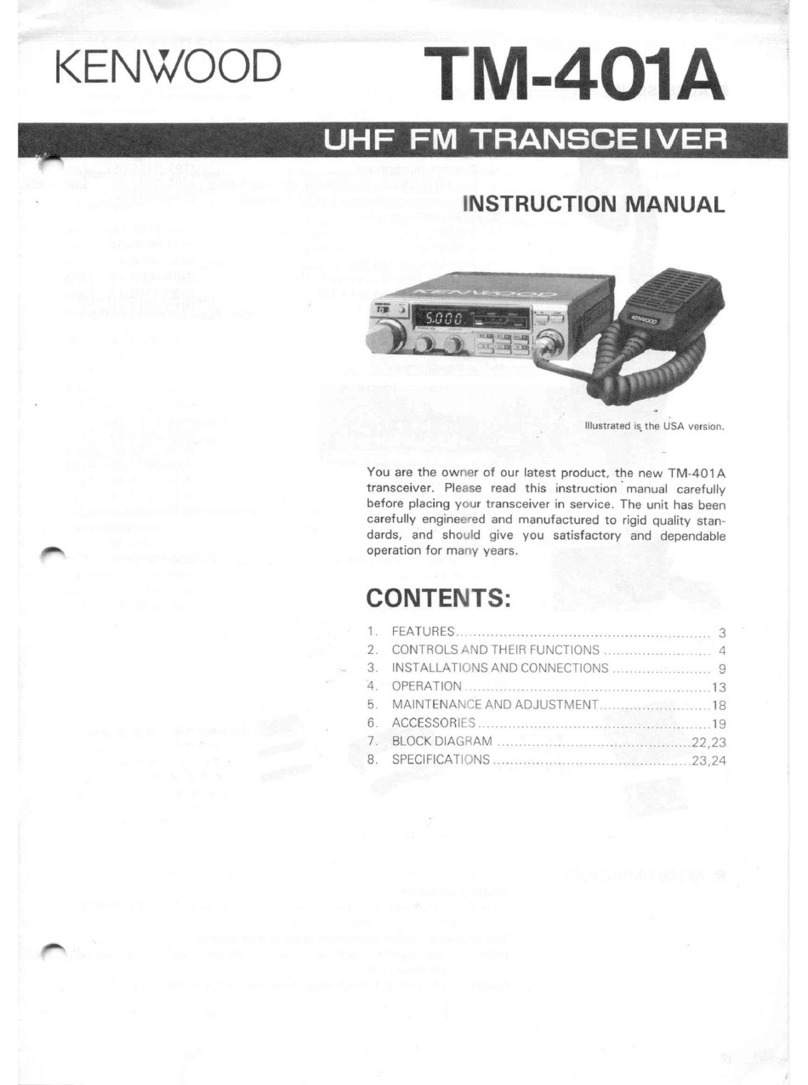
Kenwood
Kenwood TM-401A User manual

Kenwood
Kenwood VHF P25 Transceiver TK-5710 User manual

Kenwood
Kenwood TM-411A User manual

Kenwood
Kenwood TK-6110 User manual

